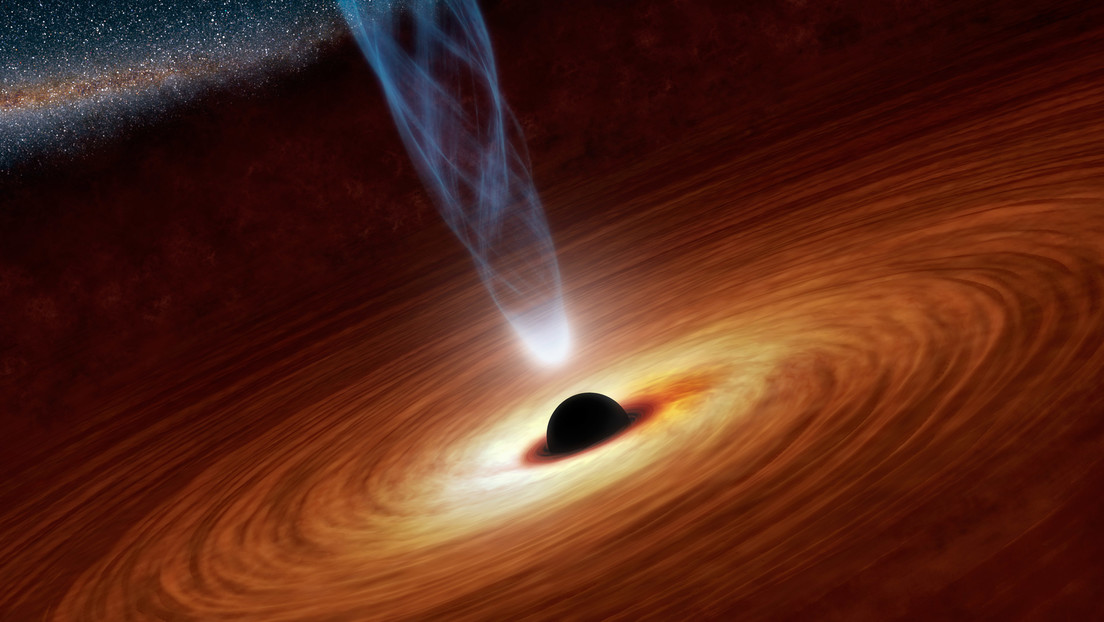
published:
September 16, 2021 1:09 GMT
It turns out that they are more complex thermodynamic systems than previously thought.
Physicists at the University of Sussex (UK) showed that black holes put pressure on their environment. The finding was published in the journal Physical Review D last week.
The study’s authors made the discovery when they looked at an extra figure that emerged in their equations about quantum gravitational corrections to the entropy of a black hole, according to the theory of Karl Schwarzschild, who has no neither electric charge nor angular momentum.
When the peculiar result of the equations emerged as a topic in the middle of a Christmas talk last year, the scientists realized that this effectively reflected a behavior peculiar to the pressure force, and later confirmed it by additional calculations that showed that quantum gravity can cause pressure in black holes.
The discovery marks another milestone in the study of black holes, since Stephen Hawking proposed in 1974 that they emit thermal radiation. Prior to Hawking’s theory, these holes were believed to be inert and represented the final phase of a dying heavy star. Now physicists at the University of Sussex have shown that in addition to possessing a characteristic such as temperature, they also exert pressure.
Hawking’s historical intuition that black holes are not black, but have a radiation spectrum very similar to that of a black body, makes them a perfect laboratory for investigating the interaction between quantum mechanics, gravity and thermodynamics, “said physicist Xavier Calmet, one of the study’s authors.
“If we consider black holes only within general relativity, we can show that they have a singularity in their centers, where the laws of physics, as we know them, they have to break“Calmet continued, predicting that one day -” when quantum field theory will be incorporated into general relativity “- we will have a new description of these peculiar cosmic objects.
The scientist added that his work is “a step in that direction,” which “opens up multiple new possibilities, which include the study of astrophysics, particle physics, and quantum physics.”
If you liked it, share it with your friends!